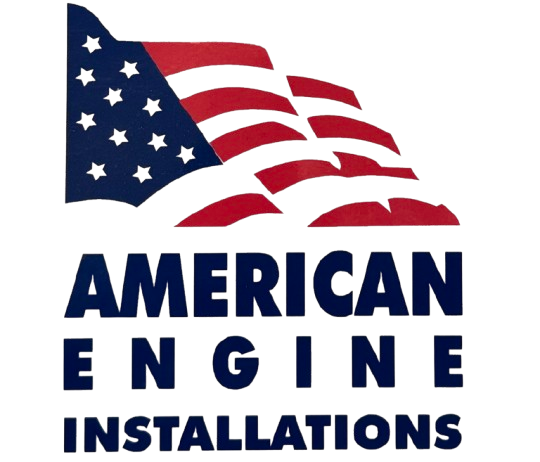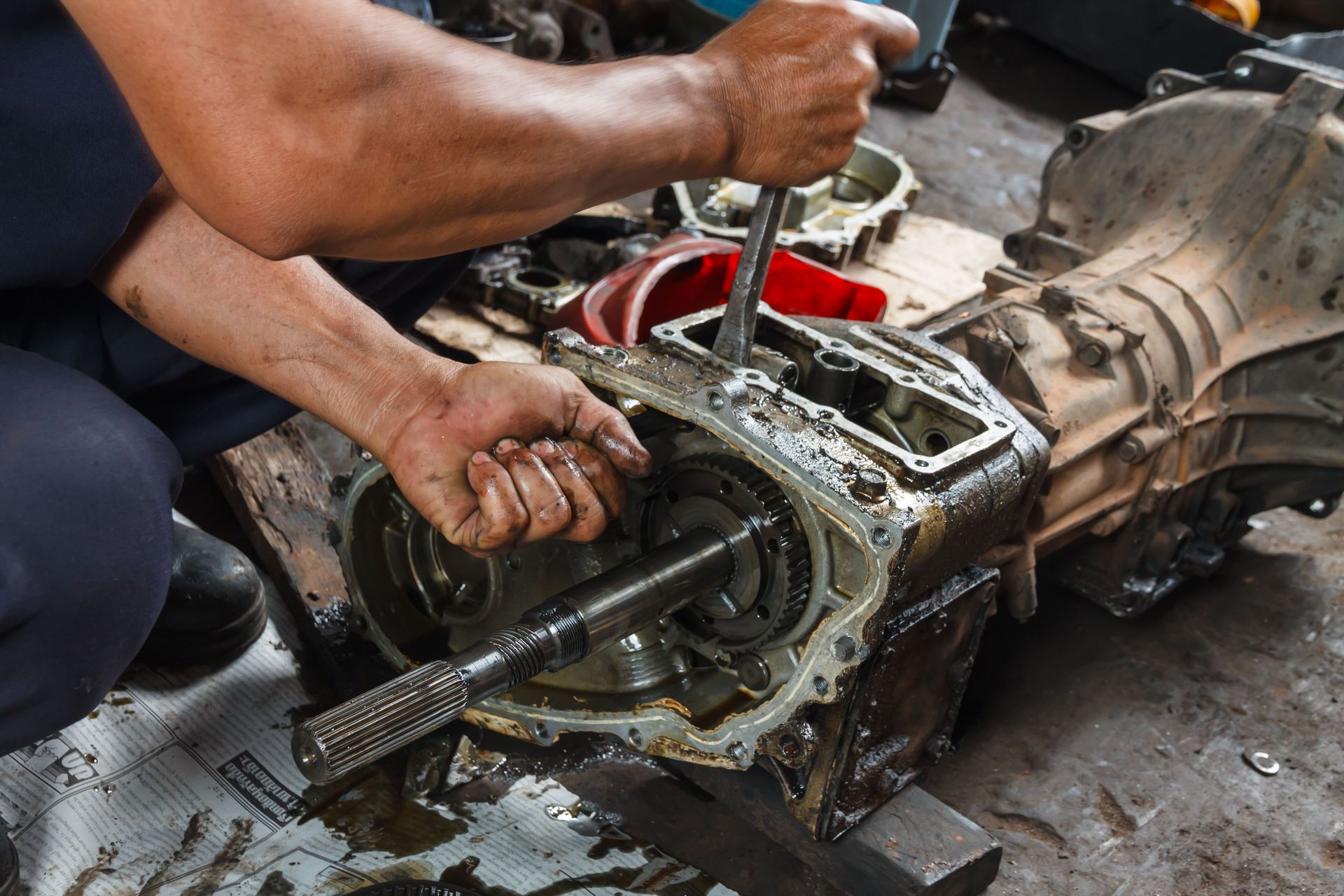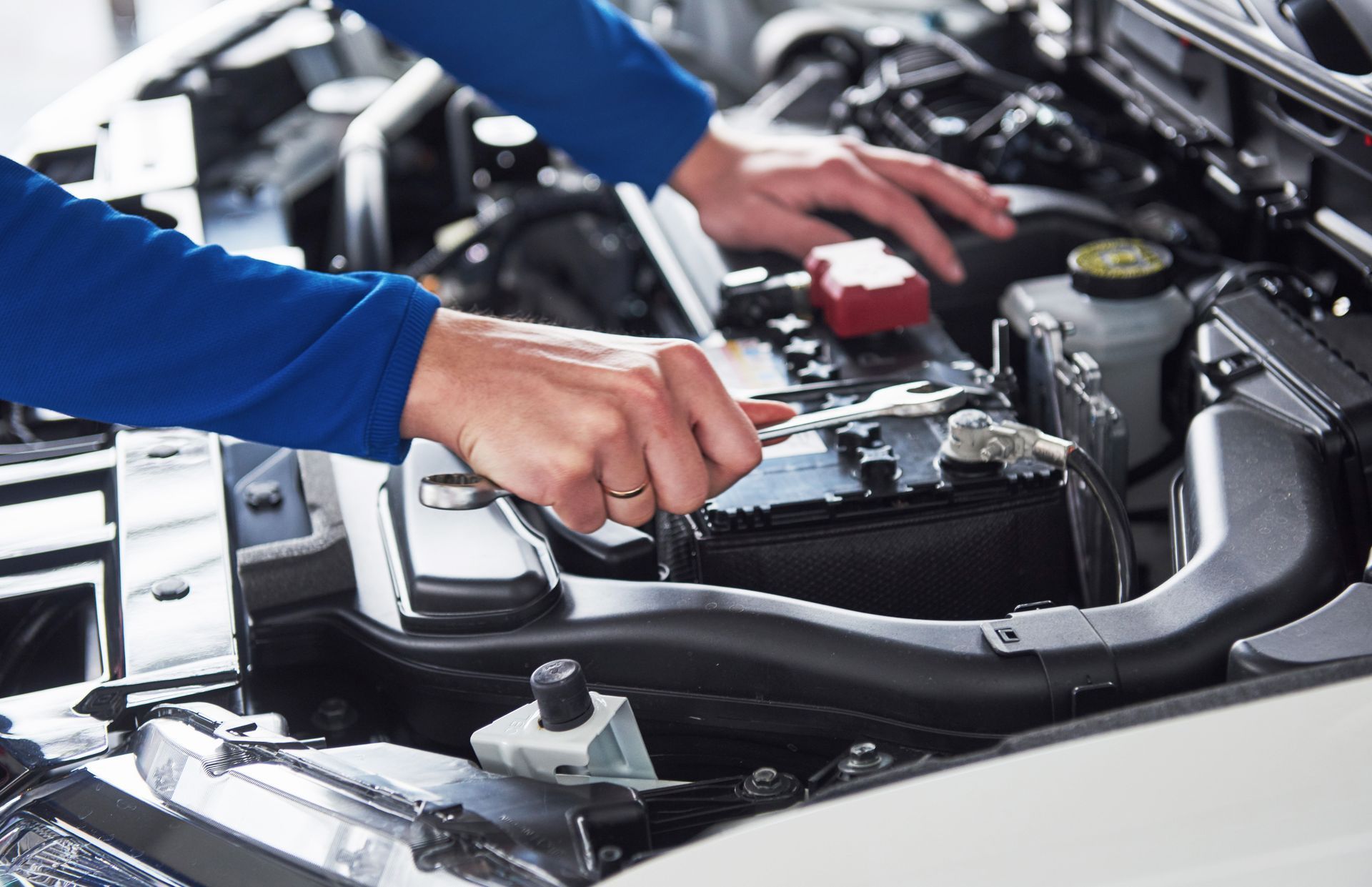How Your Engine Works

It’s not rocket science, but it’s not far off. Still,that doesn’t mean it won’t help to know the basics of how your internal combustion engine functions. Not only can it potentially help you to isolate problems when they arise, but it’s interesting technology. Here’s a basic overview of how your engine works:
Basically, an engine powers your vehicle through the constant burning of air and fuel in the combustion chamber. For a general understanding, knowledge of basic engine parts is necessary; these include the cylinders, pistons, valves, and spark plugs. Air from the vehicles intake is routed to the top of each cylinder, known as a combustion chamber. Fuel is also routed here. The pistons move up and down in the combustion chamber to compress the air and fuel. The spark plugs then ignite this compressed mixture to create a huge amount of force, which pushes the piston down the chamber.
This energy travels through rods to a crankshaft, which converts the up-and-down motion of the pistons into a rotary motion. Leftover gas is released through the exhaust valve. Once the combustion process is started, it will keep going as long as the engine is running.
This is just a general overview that only scratches the surface of the mechanics of a combustion engine. Here at American Engine Installations, we offer engine repair alongside a host of other auto-related services. For more information, please give us a call at (404) 381-8940.
The post How Your Engine Works appeared first on American Engine Installations.






Share On: